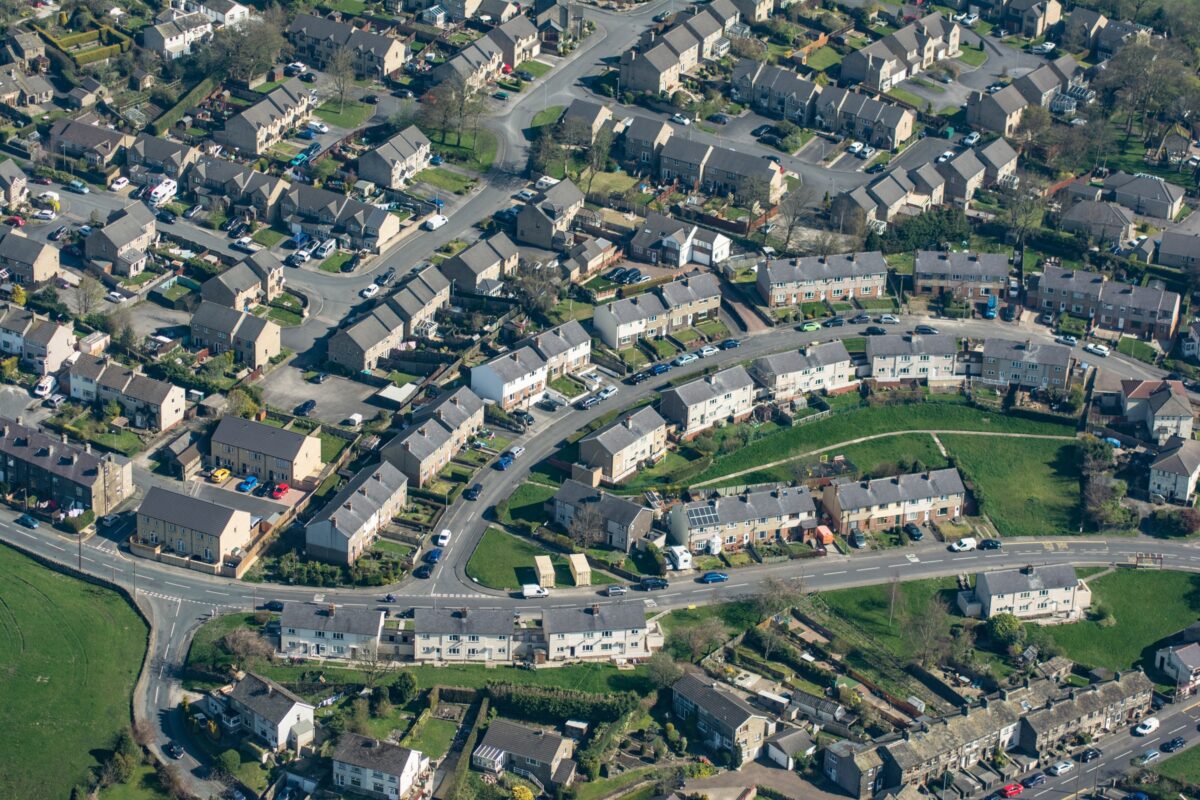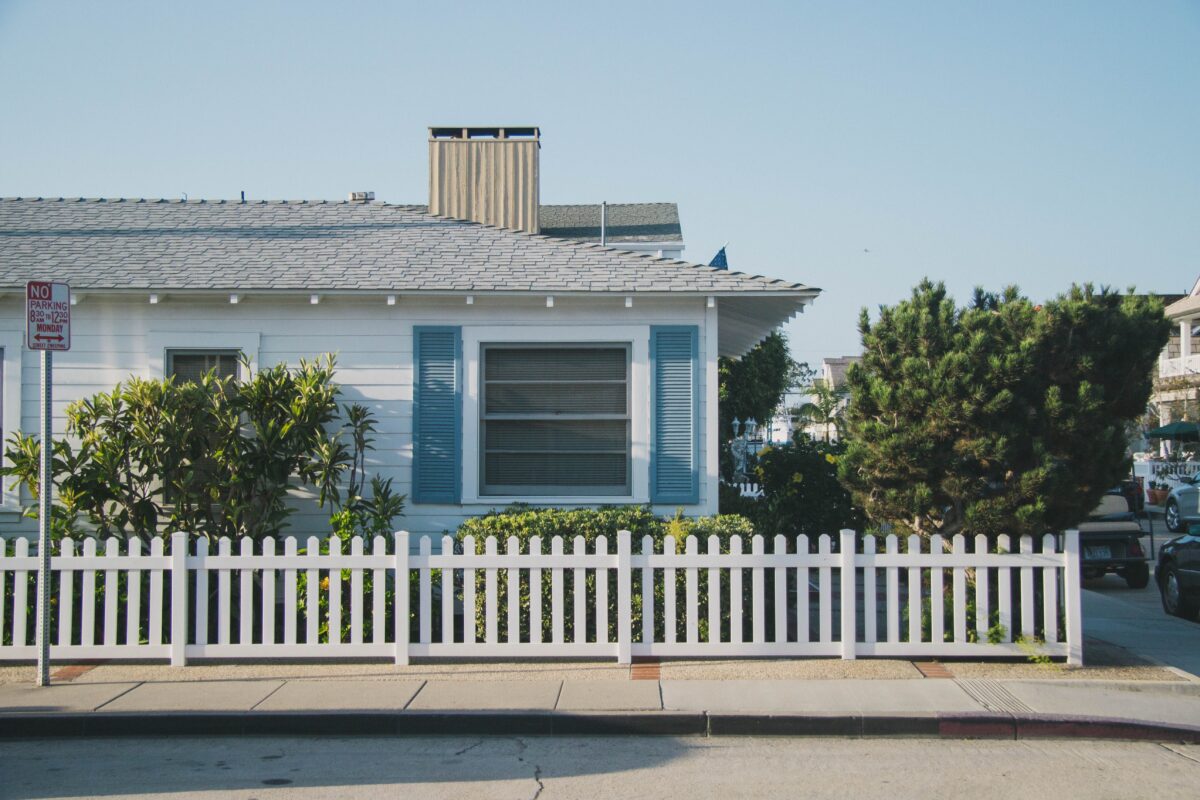It’s October 1, so it’s time to look at the changes in the local real estate market, both for the month and for the third quarter.
2020 has been a year for making and breaking records. Most of them have been records we truly didn’t want to even consider, like the number of pandemic deaths, and the number of unemployed. Until now, we had little reason to believe the real estate market might bring better news.
Through the first half of the year, the number of homes available on the market just kept climbing. At the same time, the number of homes selling remained stubbornly flat. Despite interest rates hovering just above zero, it seemed buyers had other things on their mind. Then in July the number of closed sales jumped 41%, while available inventory came up a tiny 7%.
Sales continued to climb in August and September, though nothing as dramatic as July. Overall, for the third quarter, unit sales were nearly double those of both, the first quarter of the year (+79%) and the second quarter (+76%).

Comparing to last year, that huge spike in sales brought September in at 47% more sales than in September of 2019. On a quarter over quarter basis, Sales are up 23% over 2019. The red bars in the “Sold vs Available” chart above shows the climbing number of sales, with the blue bars showing the sudden drop of available inventory in September.
Not only were the number of sales climbing, but prices have continued to escalate year over year. September of 2020 showed median prices had increased 23% over September of 2019. Median prices rose 15% for the third quarter of 2020 versus the same time period in 2019.
Combined, the impact of the increased sales and increased prices brought the total dollar value of sales for September 2020 up 89% over that of September 2019. Quarter to quarter, the annual increase was 40%.
“South Bay residential sales for the third quarter of 2020 exceeded two billion dollars.”
How do we explain record sales and prices during a pandemic, with sky-high unemployment, and the threat of a recession coming from behind? It’ll be weeks before the pundits have sorted it all out. In the meantime, here are a couple of possible explanations.
Third quarter sales range from $285K to $10.5, so we know some of these have been entry level homes. Folks who have been priced out of the area, and because of the lower interest rate could suddenly qualify to purchase here, have jumped at it. Sales under $1M comprise 42% of the total.
At the opposite end, sales over $3M made up 9%. Once again, the interest rate makes it possible to leverage a mansion at a relatively affordable monthly payment. A lot has been said about the future worth of property compared to today’s dollar. Investing at a reduced interest rate usually contributes to a sizable profit at some future sale date.
In between, from $1M to $3M, we have 49% of the third quarter sales. That’s roughly the number of people we would expect to sell for one or another of the typical reasons people move. In fact it corresponds nicely with the rate of market activity for the first half of the year.
In summary, if the thought of making a move in the near future has crossed your mind, this may be the best moment to do so. Call and we’ll put together some numbers specific to your property and your situation. No problem–no obligation!
Photo by Richard Horne at unsplash.com.


